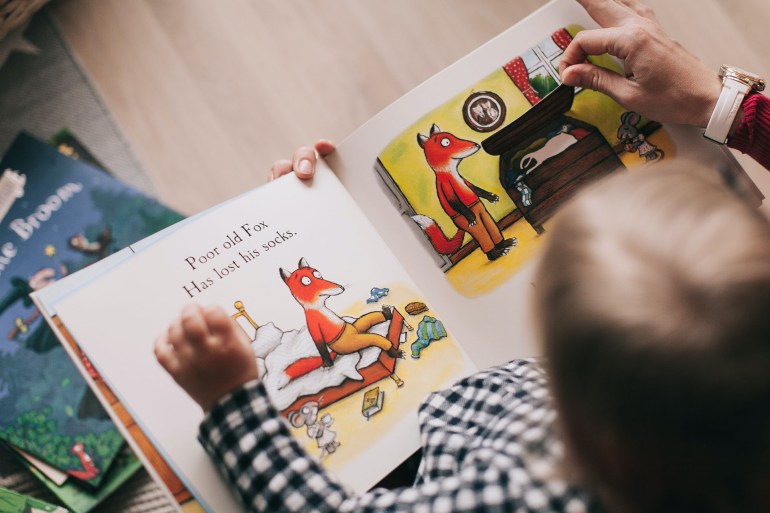In new research, scientists from Ohio State University revealed that humans are born with a part of the brain pre-equipped to be familiar with seeing words and letters, paving the way for humans to later learn how to read.
When they analyzed the results of newborns' brain scans, the researchers found that this part of the brain, the Visible Word Formation Area (VWFA), is connected to the language network in the brain, which makes human brains sensitive to visible words from birth even before they learn spoken language. Or unread.
Humans are born with a part of the brain pre-equipped to be familiar with seeing words and letters (pixels).
Functional brain connections
The results of this study - which was published on October 22 in the journal Scientific Reports - contradict previous research in this area that restricted the effectiveness and activity of the "visual word form area" and restricted it to adult / literate individuals only.
As some scholars assumed that this region does not differ from other parts of the visual cortex sensitive to seeing faces, for example, or other things, and that it becomes selective for words and letters only when children learn to read or at least when they learn the spoken language.
However, Dr. Zainab Saygin's team from Ohio State University was able to prove the existence of functional brain connections between this region and the language network in the brains of newborns, more than it is related to other regions at the time.
Functional brain connections linking the visual word form region and the language network in children's brains (pixels)
The researchers relied in their study on analyzing the results of tests conducted on an equal number of newborns and adults, as they were part of a project looking at developing the neural networks responsible for human communication.
Thus, the team analyzed the results of magnetic resonance imaging scans of the brains of 40 newborn babies less than a week old, and compared these tests to a similar scan that had been conducted on 40 adults.
And they were able to find some differences in the "visual word form region" between newborns and adults.
Dyslexia problems
The researchers believe that experience in spoken and written language works to strengthen the links between this region and the network of languages in the brain, when a person gains literacy.
Therefore, they believe that there is a need to research mechanisms to improve this area in conjunction with children's maturity.
The researchers hope that their research will contribute to learning more about the individual characteristics of contrast between a human brain and another (pixels).
The Saijin Lab at Ohio State University is currently scanning the brains of children between the ages of 3 and 4, to find out more about what the "visual word form region" develops in the pre-school stage of a child learning to read.
They also search for the visual characteristics that this region responds to, with the aim of finding out the mechanism by which the human brain qualifies to be able to read.
The researchers hope this will contribute to learning more about the individual characteristics of contrast from one human brain to another, in order to understand differences in reading behavior, which may be useful in studies of dyslexia and other developmental disorders.
The most important thing is that enhancing our knowledge of the role of this region, at this young age, will tell us more about the mechanism by which the human brain develops its ability to read, and what errors can occur during that.

